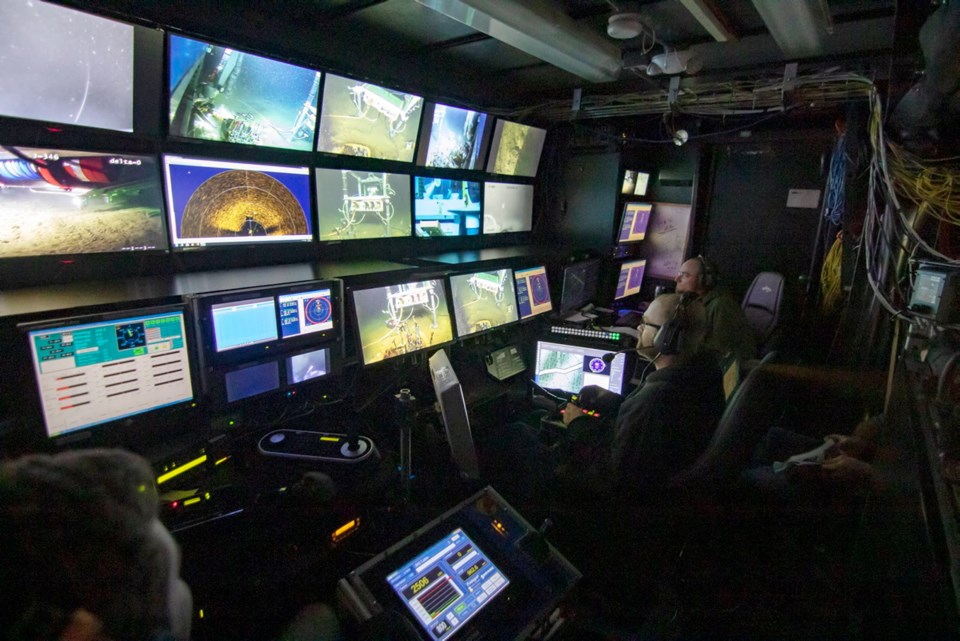Ocean Networks Canada received a welcome $7.2-million boost in federal funding on Monday.
Kate Moran, oceanographer and president of Ocean Networks Canada, a University of Victoria initiative, said the money will allow the agency to develop new computer tools to better dig out scientific information researchers need to support their work.
The money is from the federal Canada Foundation for Innovation Major Science Initiative, which funds scientific infrastructure across the country. It’s part of a new $160-million commitment announced by Science Minister Kirsty Duncan in Saskatoon on Monday.
“We are just really thrilled this is happening right now,” said Moran.
“In the long term, it will be an enormous gain for Canada.”
Ocean Networks Canada operates observatories on the west, east and Arctic coasts of Canada. Its ocean instruments and observatories, connected by cables to onshore research stations, generate all manner of data around the clock in real time for ocean scientists.
It also operates safety systems to warn about dangers such as tsunamis.
In 2017, it received a five-year $46.6-million funding commitment from the federal government.
Moran said part of the challenge facing Ocean Networks Canada is filtering out relevant data for scientists to examine the specific elements of the marine environment in which they are interested.
So Ocean Networks Canada is always developing computer tools and adjusting instruments to better manage the huge stream of data pouring in from the cable-linked observatories.
“New data products will be able to speed up the way scientists can actually analyze the big data,” Moran said.
For example, hydrophones strung along the cables pick up the sound of everything from animals to ships. So computer tools are needed, for example, to look at something specific, such as whales.
“We support scientists who do research on whales and their vocalizations,” Moran said. “So it’s actually data about hearing them.”
She said Ocean Networks Canada takes advice from two scientific councils, one local and one international.
These bodies make suggestions about what new scientific data should be filtered out for interested researchers. Instruments might need to be adjusted to look for new information.
“We’ll get someone saying: ‘Here is the kind of data product that would really help my grad student.’ ”



